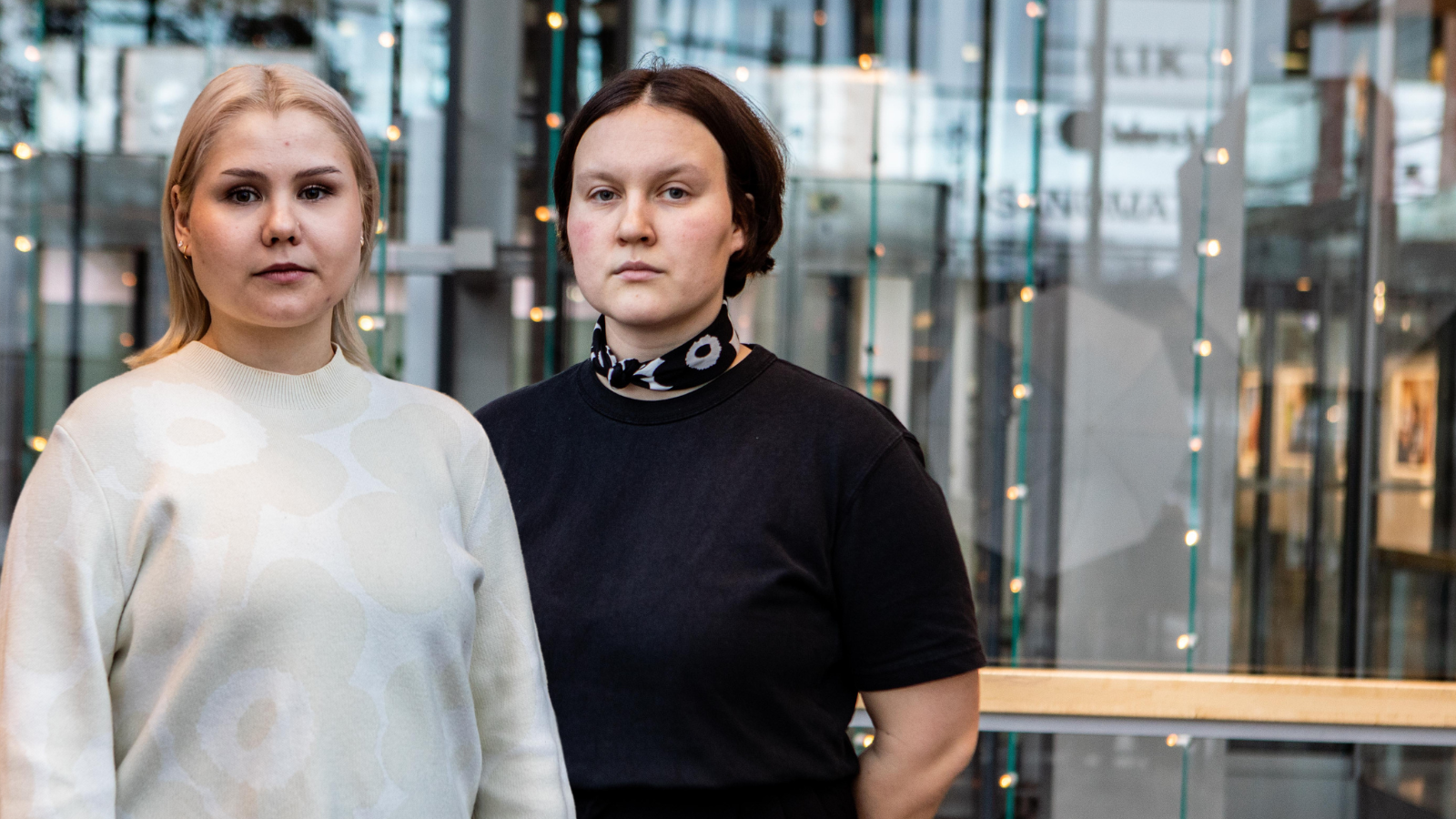During the annual seminar on student admissions, which the Ministry of Education and Culture organised on the 7 November, a tool for giving points was introduced by the project looking into using the matriculation examination as a basis for university admissions. The purpose of this tool is to standardise the way points are awarded at different universities and in different fields.
As a rough generalisation, the recommendation is for universities to award points for the grades L–C in the matriculation examination, and different subject choices produce different combinations of points. The highest amount of points is awarded for good grades in mathematics and mother tongue. This was justified by the view that good grades in mathematics, mother tongue and Swedish have a clear connection to successful studies in higher education, and there is also often a correlation with good grades in other subjects. On the other hand, the supporting documents also point out that this correlation varies from field to field, and that it is difficult to draw conclusions that apply to the entire university sector.
There are three points tables which can be used for slightly different weighting, and different fields can choose one subject that they want to emphasise and for which they can award more points than what is suggested in the table. It is also noteworthy that universities of applied sciences will give points to all grades, including those below C.
What is good about the points table is that it standardises the way points are calculated and makes it clearer for the applicant. Points are currently awarded for the matriculation examination grades. In some fields, students can be admitted based solely on their grades, and in some the points awarded for their grades are added to the points from the entrance exam. The way points are awarded has varied from one university to the next, and the process has not been very easy for the applicant to predict.
Student admissions have always been used when trying to solve all sorts of problems. The current reform has been justified by saying that it helps students to move into work more quickly. The justification for increasing the importance of the matriculation examination has been that when the importance of these grades increases, everyone will work that little bit harder when studying for their exams. The justification for emphasising certain subjects in the tool for awarding points has been that there are worries about the weakening skill levels of young Finns when it comes to e.g. mathematics and the natural sciences. Some have also voiced well-founded concerns that the final spring is unnecessarily hard as students have to study for the matriculation examination and the entrance exams at the same time.
Using the signal influence of student admissions as a way to steer education policy is, however, problematic in many ways. There is also an ongoing upper secondary school reform, with plans to increase the freedom of choice and creating different combinations of subjects. In the steering group, we have had lofty discussions on phenomenon-based learning and a new kind of general knowledge, but these discussions often end in: “how will this be used in the matriculation examination?”.
As a member of the working group I have a strong feeling that what is being done now is only what is required to reform the student admissions and matriculation examination. I feel like we would need a much more extensive debate on what role secondary education plays on the education path from the perspective of lifelong learning. How do the choices made in secondary education affect the heritability of education, and how could the transitional stages be made easier for those who struggle with the choices?
At the seminar on student admissions I heard the following phrase several times: “we have to reward people for their success”. I wish those working in Finnish education policy would have a bit more awareness of where success comes from. The latest Pisa results show that the effect that a student’s family background, neighbourhood or gender has on their learning results has grown. I would be much more worried about these things than our place at the top of the international rankings. If freedom of choice is increased at upper secondary school, the successful students will continue to be those who possess the social and cultural capital required to make the right choices regarding their future success. Basically, this means that the children of well-educated parents living in the cities will establish their place as “the successful students”.
In relation to the student admissions reform we are not discussing who we want in our universities. We know that the share of university students that are second-generation immigrants is shamefully small. Is there a genuine desire to do something about this, or will we continue to blame the lower levels of education and their teachers? There is not just one right way, but different ways of doing student admissions. The purpose of the current reform is to select the best and fastest students. Well, it will definitely serve the aims of the Government’s key projects, but does it serve society on a wider scale?
Many discussions on the future changes in working life emphasise qualities such as empathy, perseverance, people skills and critical thinking. How are these tested in university admissions? Different fields may have different views on what kinds of students will do well in that particular field, and what kinds of people they want for various professions.
Earlier this autumn, SYL suggested replacing the matriculation examination with a skills test for the entire age group, which would test basic skills, learning skills and the ability to apply knowledge. How these results could be used in university admissions is another matter, as the primary purpose is to define a joint competency level for the entire secondary education which every citizen should achieve. This is a radical ideal, as it would make the different types of secondary education equal in a completely new way.
Niina Jurva,
Advocacy Coordinator,
Education Policy Adviser,
SYL




